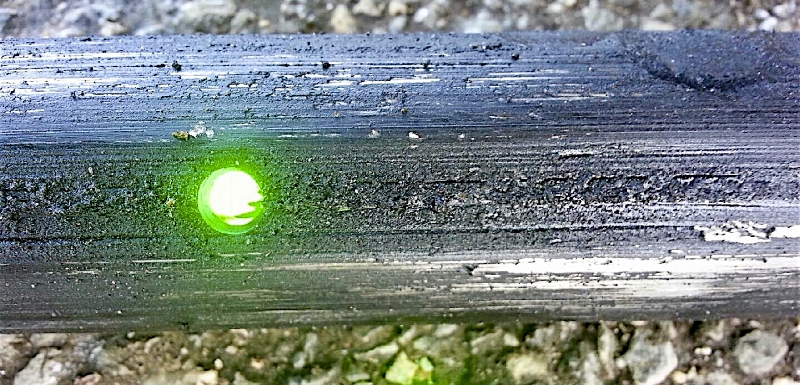Cleanup 2017 Keynote: Laser Induced Fluorescence
Are you attending Cleanup 2017 this week?
As Australia's leading provider of High Resolution Site Characterisation (HRSC), Legion Drilling welcomes back David Heicher from Dakota Technologies for his keynote presentation at Cleanup 2017:
"IDENTIFICATION AND DELINEATION OF NAPLS USING LASER-INDUCED FLUORESCENCE (LIF)"
Laser-Induced Fluorescence (LIF) employs laser light to excite fluorescent molecules contained in the vast majority of hazardous NAPLs including petroleum fuels/oils, coal tars and creosotes.
David's keynote will cover the LIF toolkit, discuss effective deployment of the systems and look at the advantages of in building conceptual site models with such high density data sets.
Wednesday 13th, Session G, Room 15 @ 13:10
Ultra Violet Optical Screening Tool or UVOST®
Gasoline, diesel fuel, jet fuel, and hydraulic fluids, can be detected via the fluorescence response of their polycyclic aromatic hydrocarbon (PAH) constituents. The fluorescence signal scales proportionally with NAPL concentration.
Tar-specific Green Optical Screening Tool or TarGOST®
The TarGOST system is designed specifically to overcome the low signal levels and often severe non-monotonic response observed on coal tars and creosotes with current UV-based fluorescence systems.
DYE LIF®
DyeLIF is based on combining time-resolved LIF technology with the injection of a fluorescent dye ahead of the window to render non-fluorescent NAPLs fluorescent in-situ.
Need more information on Legion Drillings full HRSC toolkit?
1300 131 019

